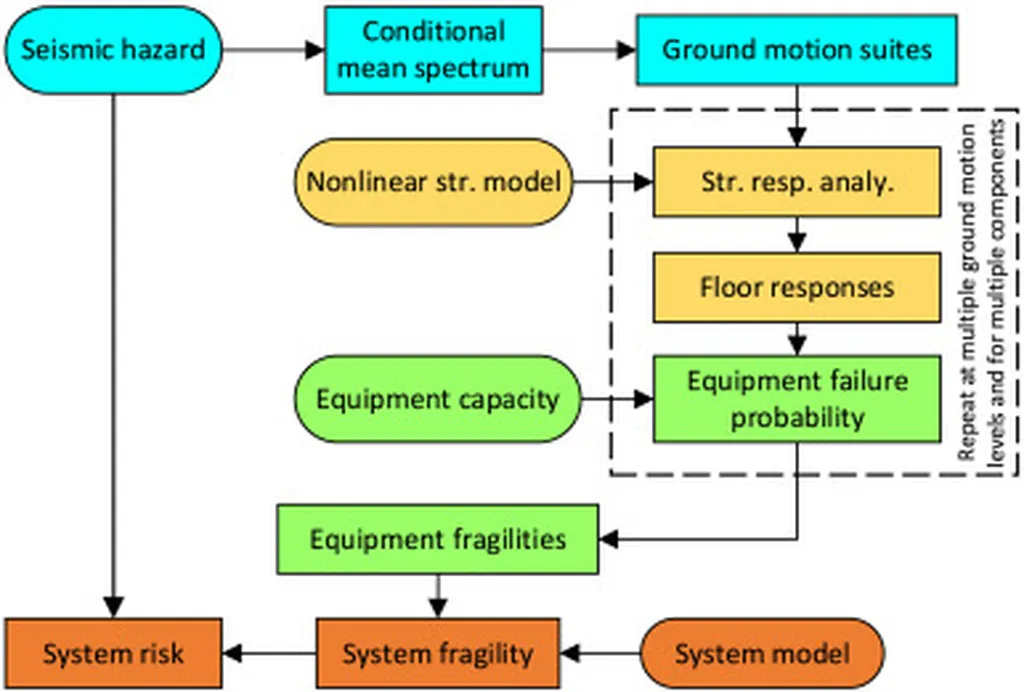In the realm of seismic engineering, a groundbreaking study has emerged that could significantly impact the design and safety of thermal power plants. Aleksandr Mikhailovich Anushchenko, a leading expert from CKTI-VIBROSEISM Co. Ltd. in Saint Petersburg, has developed nonlinear analytical models for the seismically isolated “frame-boiler” system, incorporating cantilever-type hysteresis dampers. This research, published in the ‘Journal of Sustainable Construction Materials and Technologies’ (translated as ‘Journal of Sustainable Building Materials and Technologies’), promises to streamline the preliminary design process and enhance the seismic resistance of power plants.
The study addresses a critical need in the industry: the development of simplified analytical models that can be used during the early stages of design, when detailed computer-aided engineering (CAE) modeling is impractical due to time constraints. Anushchenko and his team have proposed two innovative models—a 2-mass model and a 3-mass model—to simulate the behavior of the “frame-boiler” system under seismic loads. The differential equations of motion for each model were meticulously derived and compared with finite element models to validate their accuracy.
One of the key findings of the study is that the 3-mass model provides a remarkably close match to the finite element model results, with an average discrepancy of less than 5%. This model is particularly noteworthy as it accurately captures both displacement and acceleration values, making it a valuable tool for preliminary calculations. “The 3-mass model offers a robust and efficient way to optimize the parameters and number of dampers, which is crucial for enhancing the seismic resistance of power plants,” Anushchenko explained.
The implications of this research are far-reaching for the energy sector. By providing a simplified yet accurate analytical model, engineers can more efficiently design and implement seismic isolation systems for thermal power plants. This not only improves the safety and reliability of these critical infrastructure components but also reduces the time and cost associated with the design process. As the energy sector continues to focus on sustainability and resilience, the ability to quickly and accurately assess seismic performance is invaluable.
Anushchenko’s work is a testament to the ongoing advancements in seismic engineering and highlights the importance of innovative analytical models in the design of energy infrastructure. As the industry moves towards more sustainable and resilient solutions, this research could shape future developments in the field, ensuring that power plants are better equipped to withstand seismic events and continue to provide reliable energy to communities worldwide.
In the words of Anushchenko, “This model is proposed to use at the stage of preliminary calculations, including selection optimal parameters of dampers and their number.” This statement underscores the practical applications of the research and its potential to revolutionize the way engineers approach seismic design in the energy sector. As the industry continues to evolve, the insights gained from this study will undoubtedly play a pivotal role in shaping the future of sustainable and resilient energy infrastructure.

